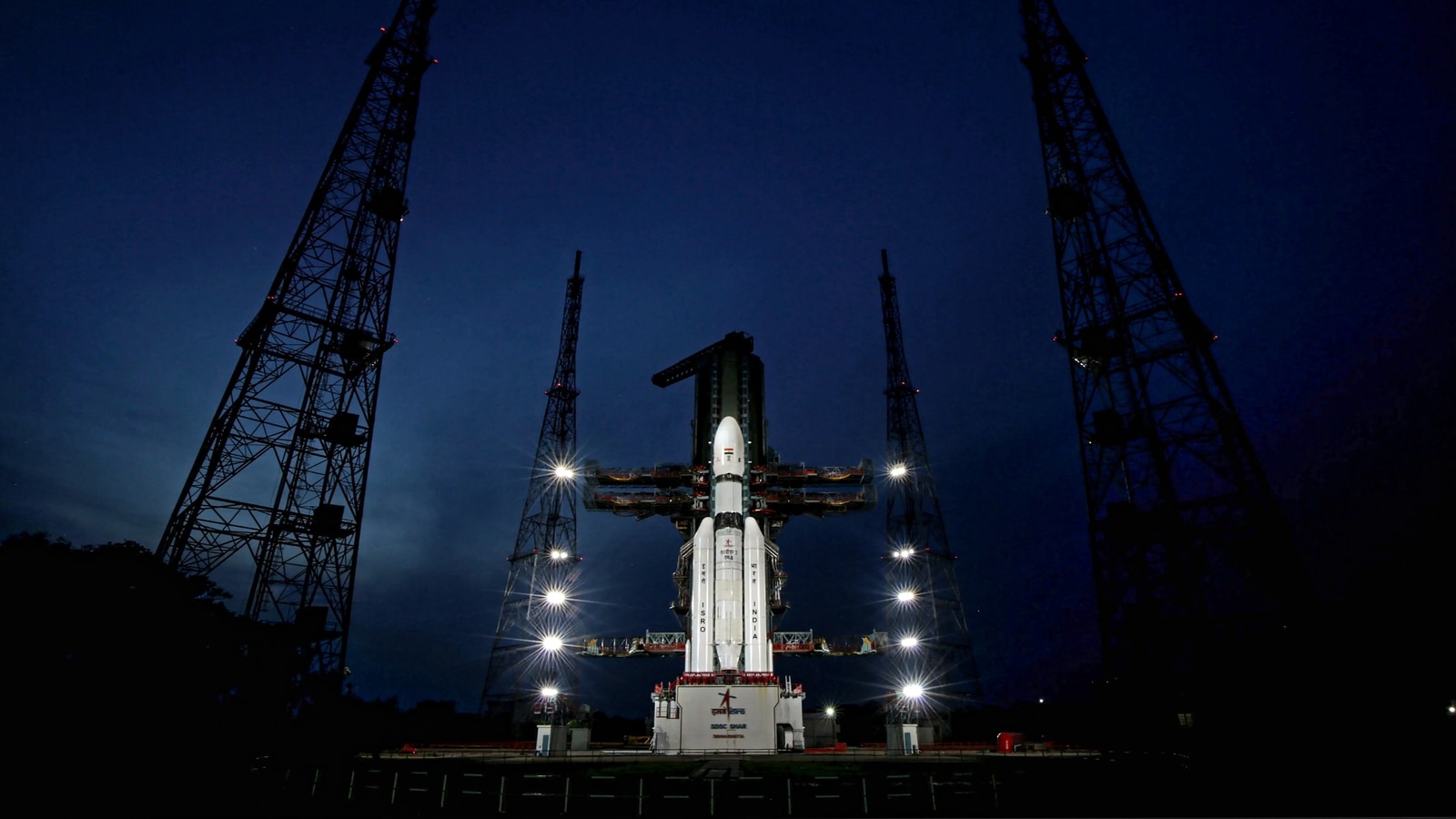Chandrayaan-3 launch: Mistakes ISRO wants to avoid during moon mission
Unfortunately, the last moon mission, Chandrayaan-2, failed in its last stage in 2019. Now, with the Chandrayaan-3 mission launch today, know the mistakes ISRO wants to avoid and the big changes it has made.

Today, July 14, is going to be another historic day in India's space exploration journey. If everything goes according to plan, at 2:35 PM, the Chandrayaan-3 mission will be launched into space and will make a soft landing 42 days later, making India the 4th nation to land on the moon. The day is also reminiscent of July 22, 2019, when the Chandrayaan-2 mission was launched and the nation had hopes of fulfilling the same aspirations, but they came crashing down after the lander crashed on the moon. But the Indian Space and Research Organization (ISRO) is confident of success this time around because of its “failure-based” design. So, what are the mistakes that ISRO wants to avoid during the Chandrayaan-3 mission, the lessons it has learned, and what changes it has made to ensure success? Let us take a look.
What went wrong in the Chandrayaan-2 mission?
The Chandrayaan-2 mission began hitting all the right chords in the beginning, but the problem arrived in the last phase of the mission when the lander and the rover were supposed to reach the lunar surface. On September 6, 2019, the lander deviated from its trajectory. According to reports, it was said to be a software glitch that increased the thrust on five of the engines on the lander and caused the crash.
The delicate nature of the moon landing
Landing on the moon is no easy feat. The conditions are so harsh that even the slightest calculation error in figuring out the right time and path can lead to a failed mission. For instance, the Chandrayaan-3 lunar mission has been scheduled for 1 lunar day. One lunar day is 14 Earth days and this particular duration has been chosen since the rover cannot handle the extreme change in temperature once the lunar night rolls around. So, to ensure the rover has the right conditions, it will have to land precisely at lunar dawn.
Other factors such as payload weight, angle of detachment for the lander, speed at touch-down, and many more are considered in order to ensure a successful mission.
What is Chandrayaan-3 doing differently this time?
Learning from the mistakes, in a press conference, ISRO chairperson S. Somnath said, “Instead of a success-based design in Chandrayaan-2, we are doing a failure-based design in Chandrayaan-3 —we are looking at what can go wrong and how to deal with it,” as quoted by the Indian Express.
The report by Indian Express has also delved into the changes that ISRO has implemented to avoid a similar fate as the previous lunar mission. This time ISRO has expanded the landing area and has chosen a spot with a 4 km x 2.4 km area, instead of a 500 sq meters area like the last time. The larger area is supposed to give the Chandrayaan-3 team more leeway in planning the landing.
More fuel has been added to the lander this time. This is likely to help it stay afloat longer and find alternative landing spots if need be. Additionally, this will also enable the lander to abandon the landing attempt if something goes wrong and try again after stabilizing its thrusters.
Another problem in the last attempt was that the lander was also tasked with clicking pictures as it landed to confirm the site for the rover. That put a heavy load on the computers which had to do a precision job to make sure everything went well. This time, the lander will only have to take confirmatory pictures as the mission will use Chandrayaan-2 images that have already been fed into the system.
Finally, changes have also been made to the structure of the lander. The lander no longer has a central thruster and will operate on four thrusters only. Additional solar panels have also been added, and its legs have been made stronger to absorb the impact on landing.
If these changes end up working, then on August 25, India will write another page in its list of achievements on the space forefront.
Catch all the Latest Tech News, Mobile News, Laptop News, Gaming news, Wearables News , How To News, also keep up with us on Whatsapp channel,Twitter, Facebook, Google News, and Instagram. For our latest videos, subscribe to our YouTube channel.































